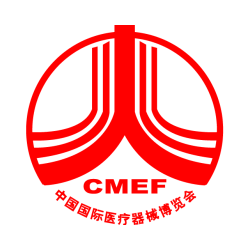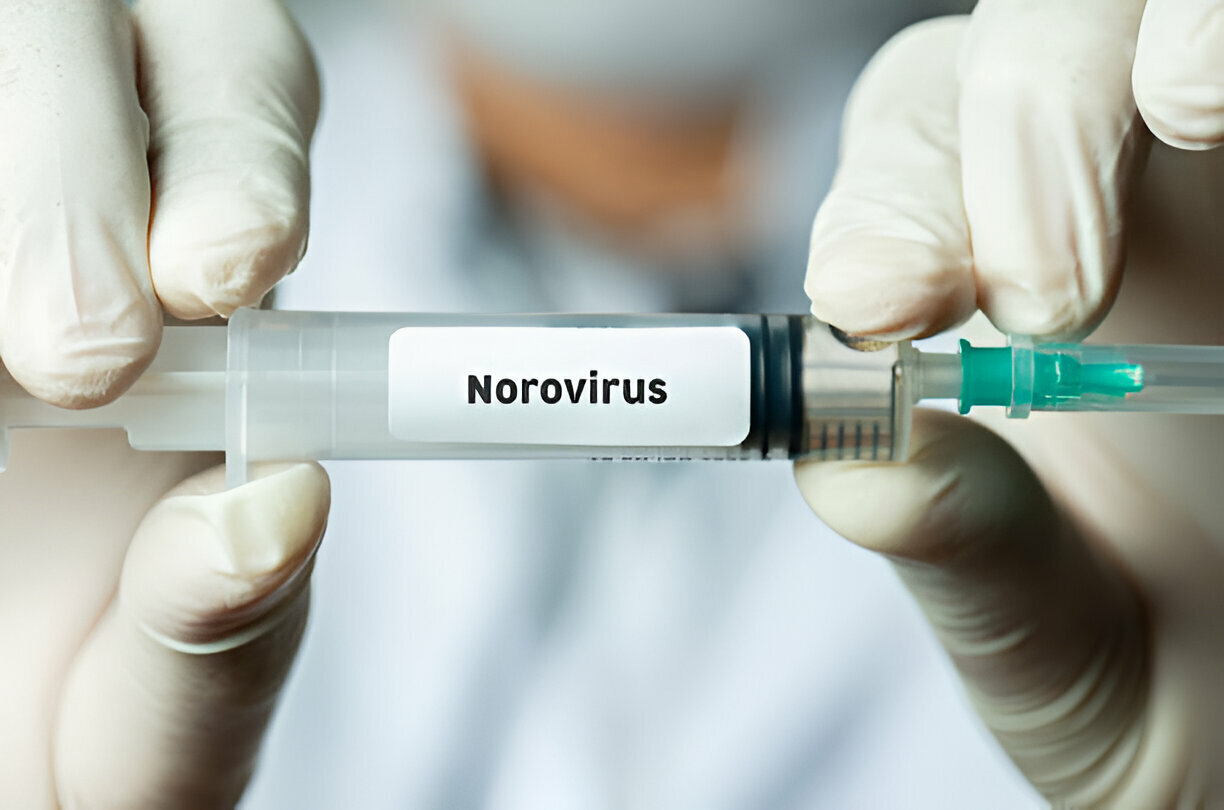How Distributors Can Choose the Right POCT Products

With the gradual advancement of healthcare reforms, the POCT industry has seen rapid growth in China. Many distributors who have never dealt with POCT products before - distributors of medical devices, consumables, pharmaceuticals, IVD products, etc. - are also actively transitioning to expand into this field. However, the POCT industry is filled with all kinds of players and standards vary greatly. Based on our research, there are at least hundreds of companies involved in the R&D, production and sales of related products domestically and abroad. So how can a distributor choose the right product that they can promote successfully over the long term?
Through surveying the industry and clinical laboratories, we analyze products from the following perspectives. We hope this provides helpful insights for distributor friends.
1. Brand Influence
We have ranked this first not because it is the most important, but because it is significant. Strong brand influence not only means widespread name recognition and good reputation, but can also benefit distributors in many ways - the manufacturer's academic marketing efforts, comprehensive market training, established KOL networks etc. can facilitate promotion.
However, such products also have downsides - they likely already have extensive distribution channels, leaving little profit margin. While they allow quick returns, they may not facilitate long-term growth for the distributor. Plus, lack of innovation can lead to them being replaced in the market over time.
2. Pricing
This is something distributors must consider. Many hospitals now have price controls in place, even for imported products. With improved domestic quality, local substitution is taking place. That said, cheaper does not mean better for distributors' choice of products - quality still matters, though most expensive does not mean best either in healthcare. Price must be considered but should not be the only deciding factor. An appropriate profit margin should be maintained to ensure sustainable growth.
3. Technology
This is a key consideration for product selection. Regardless of industry, technology iteration is inevitable, and the testing field is no exception. Products with wider testing capabilities and higher sensitivity will eventually replace older techniques - change with the times rather than waiting passively. Take immunoassays for example - in our opinion, the order of technological advancement is: chemiluminescence > time-resolved fluorescence > quantum dots > immunofluorescence > gold colloid. There are also some other methods like turbidimetry, upconversion luminescence, magnetic sensitive analysis etc. which we will not evaluate here as they are less mainstream. Judging from this year's CACLP conference in Nanchang, no fewer than 10 companies have rolled out luminescent POCT products, including international giants like Roche, POCT leader Mitsubishi with its PATHFAST system, established player Wondfo Biotech, and up-and-coming player HumaSens. The rise of luminescent POCT is inevitable and distributors should prepare for this shift.
4. Ease of Use
This speaks for itself - POCT operations should be simple and require little to no maintenance, with minimal consumables besides reagents. Instruments should not be bulky or cumbersome.
5. Product Quality
In our view this is the most important dimension. Every manufacturer will boast about the superiority of their products, so distributors should judge based on user feedback and technical principles (e.g. technology used, liquid vs dry reagents, product format like test strips, cartridges, microfluidic chips etc.) Most importantly, products should be benchmarked against industry-recognized quality solutions - compare accuracy (closeness to true values), precision (test stability), lower detection limits and so on.
There are also many other considerations beyond the above dimensions. Distributors may also want to look at whether products support direct whole blood sampling (need processing or cell volume calculations), reagent formats (liquid vs dry - dry convenient for storage/transport but liquid more reliable testing), promotional policies, manufacturer academic marketing capabilities (brand building, academic promotion, market training, KOL engagement) and more.
By evaluating products comprehensively across these dimensions, distributors can make informed decisions that facilitate their business growth.
As an emerging POCT consumables provider, Mantacc leverages robust R&D and manufacturing capabilities to deliver high-quality swabs, vtms and collection devices. With proprietary techniques like precision screen printing and injection molding, Mantacc ensures excellent performance and consistency. As Chinese healthcare reforms advance, the company aims to drive POCT progress through relentless innovation.
Click to View → Mantacc Swab-based Specimen Collection









